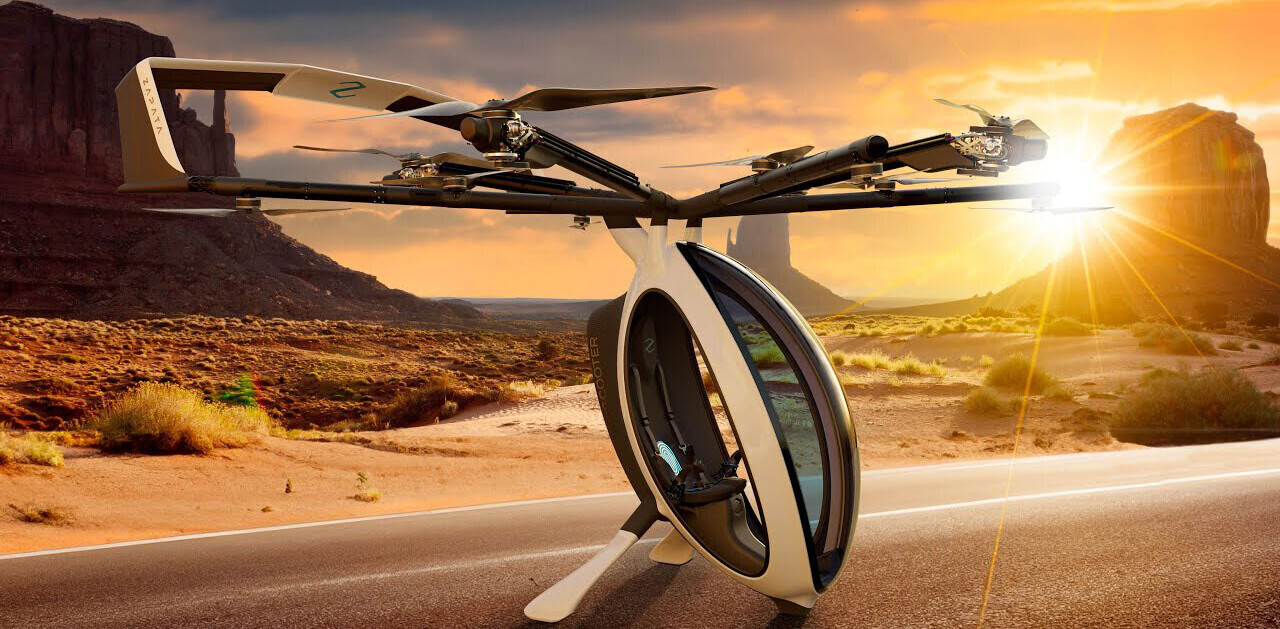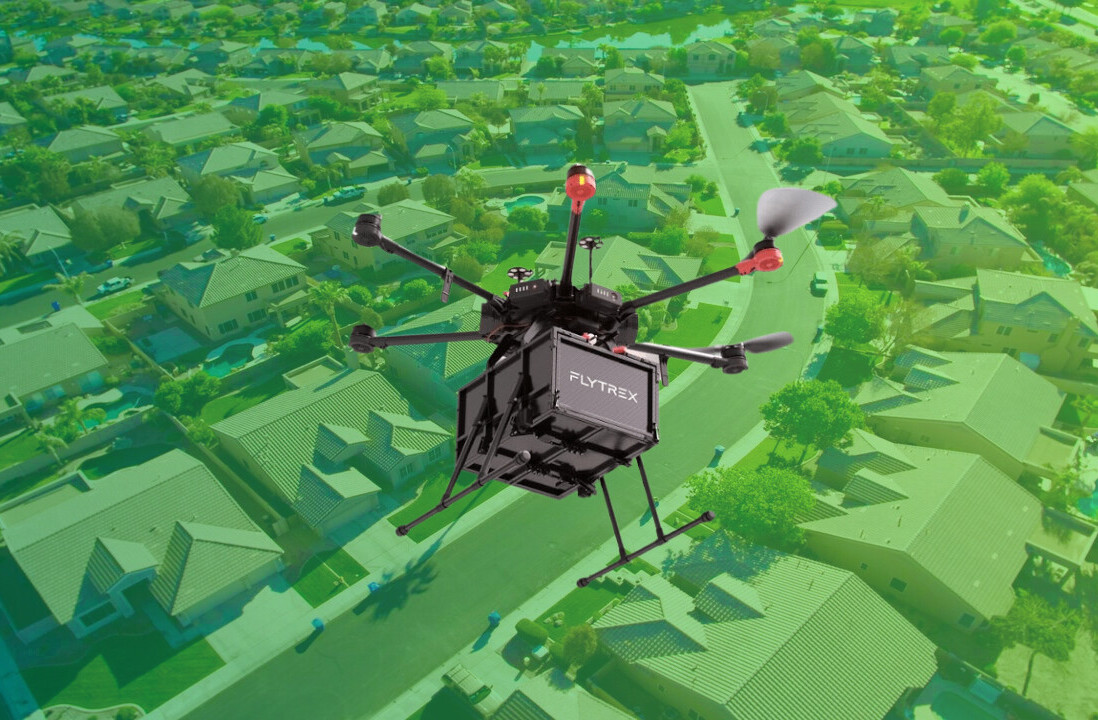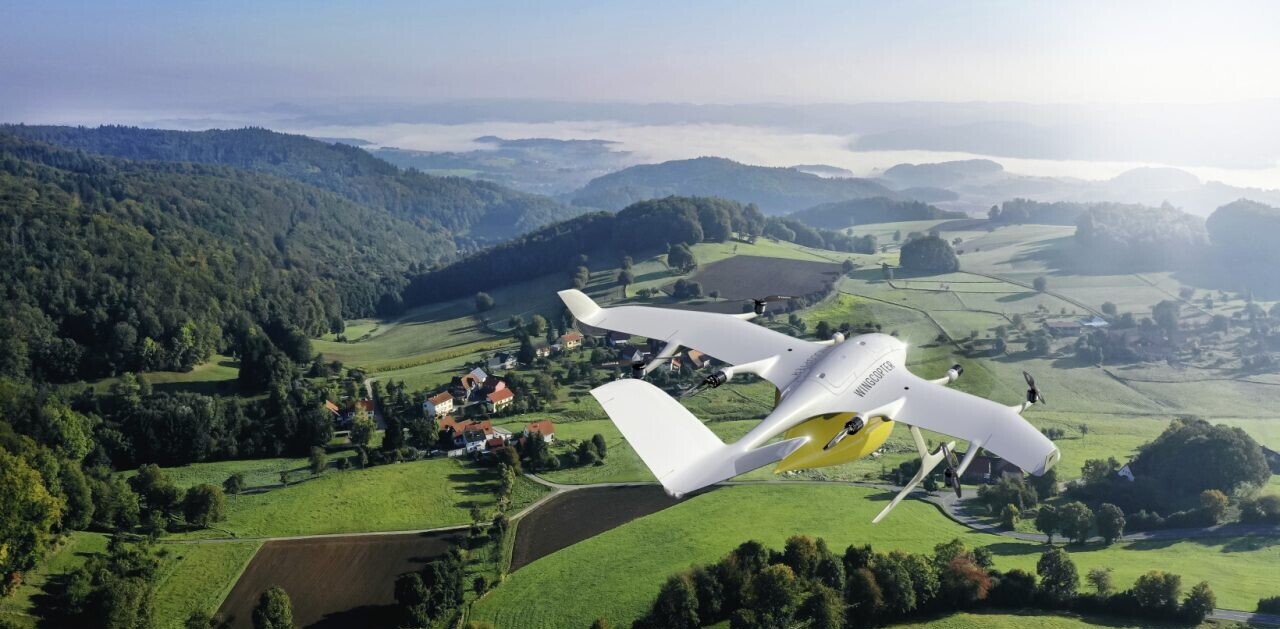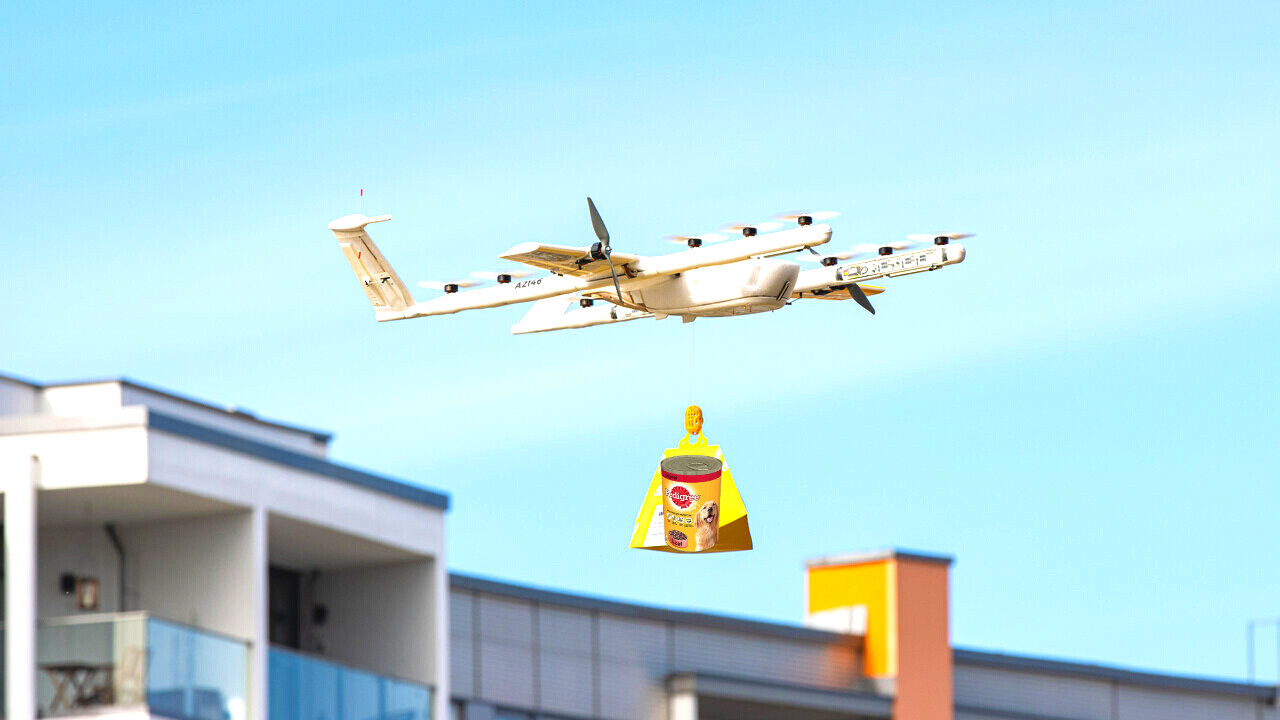
The future of last-mile package delivery is fast and contactless, with delivery providers focused on eliminating traffic and parking challenges. An increasingly prominent option is the use of uncrewed aerial vehicles or drones.
This week research comparing the environmental impact of different forms of last-mile delivery was published in the scientific journal Patterns.
Researchers from Carnegie Mellon University compared the energy consumption of quadcopter drones against diesel and electric medium-duty trucks, small vans, and electric cargo bicycles on a per-package basis.
They found that greenhouse-gas emissions per parcel were 84% lower for drones than for diesel trucks. Unsurprisingly, drones consumed up to 94% less energy per parcel than trucks.
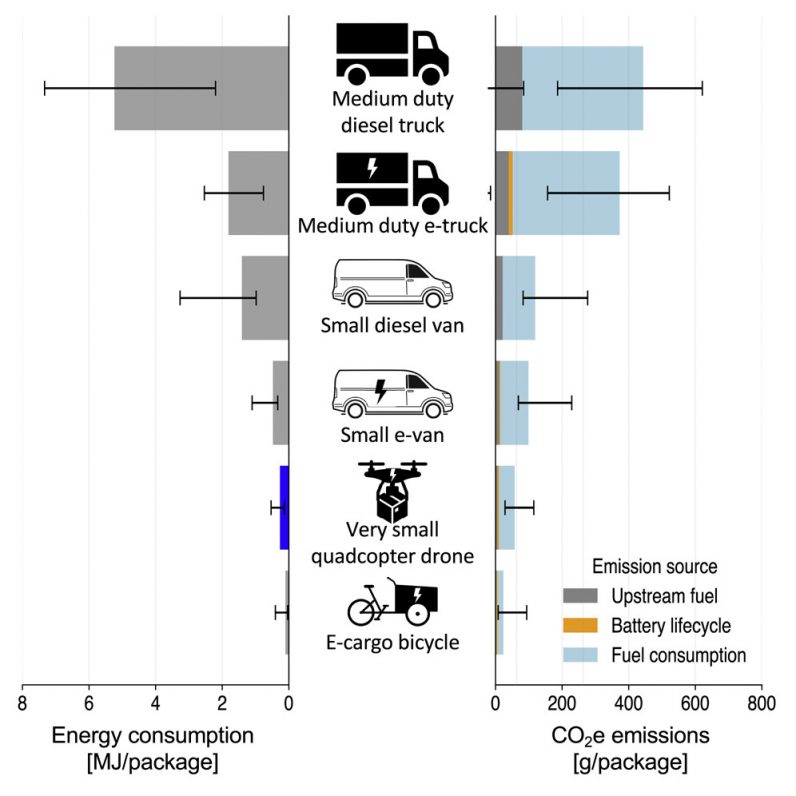
Small quadcopter drones and electric cargo bicycles are among the most energy-efficient modes for small package delivery on an energy consumption per-package basis.
However, the researchers also found that the greenhouse gas emissions of package delivery by drone depend on the total electricity needed for the delivery and the emissions intensity of the regional electricity grid.
For example, a drone package delivery in the carbon-intensive central Midwest would emit up to 93% more CO2e per km traveled compared with regions with cleaner grid mixes like New York. This raises issues for competitive delivery pricing and in rolling out operations for national carriers like Amazon.
We’re not comparing like with like
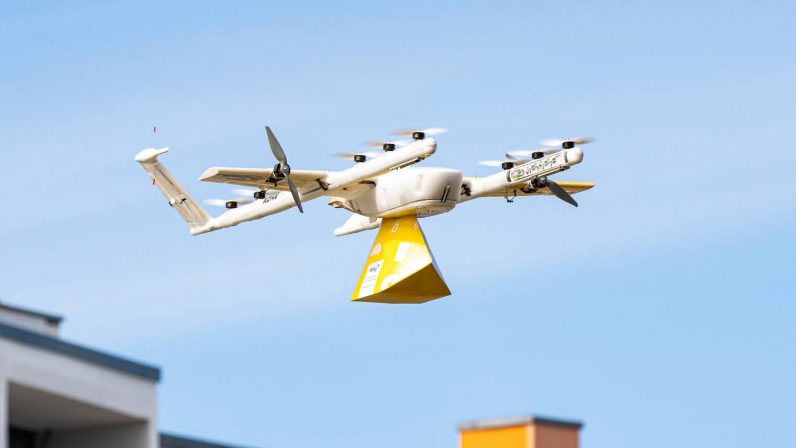
While a great start, the research has some limitations. Currently, drone delivery operators have to comply with geo-cached local airspace regulations. In many instances, sight-free drones may be restricted from flying over people and/or motor vehicles – this could impose longer delivery routes, something not factored into the current study.
This longer route could potentially increase the drone’s energy consumption and GHG emissions per package delivered.
Furthermore, this study focused on small, commercially available quadcopter drones with a payload of 0.5 kg (0.3 miles). These are most profitable in delivering small and light items with high added value, such as medical deliveries, critical packages, and small electronics.
Compare this to the overall utility of an eCargo bike with a trailer that can carry an apartment building’s worth of small packages, and the cargo vans seem far more efficient. However, from a staffing perspective, you also need to factor in the logistics of what I call “the last steps.”
The last steps challenge
A package-carrying drone can fly directly to the recipient. But it requires someone to come outside and take the delivery from the lowered drone.
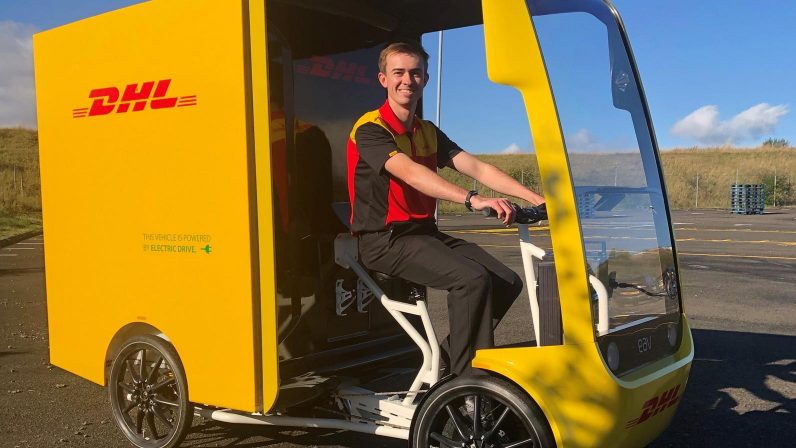
By comparison, an eCargo bike delivery requires a rider to navigate traffic and curbside crowding to reach their destination. In the case of inner urban apartments, the delivery rider needs to park and post the delivery or potentially walk up multiple flights of stairs carrying multiple small packages.
So the delivery experience is quite different.
I’d be interested in future analysis based on heavier drone cargo loads.
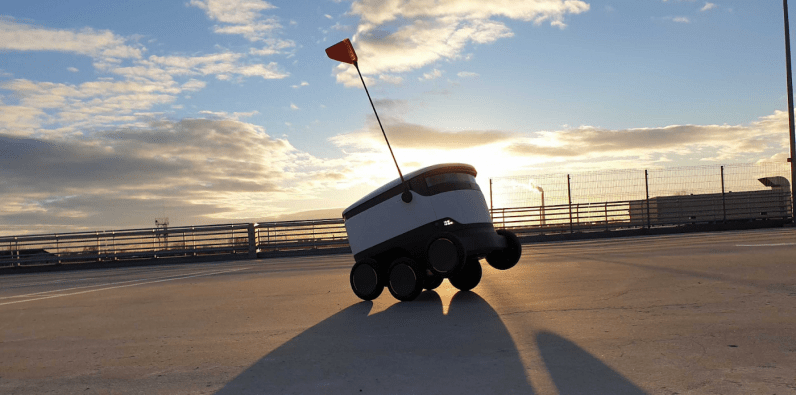
I’d also be interested in a comparative analysis of the energy use and efficiency of a drone and a sidewalk delivery robot like those made by Starship Technologies.
As both offer single-order deliveries, the comparison could bring more insight into the challenge of small order deliveries.
Ultimately, all solutions to remove and reduce diesel trucks in our cities need priority. This research offers some compelling statistics into the mix about greening our cities.
Get the TNW newsletter
Get the most important tech news in your inbox each week.
